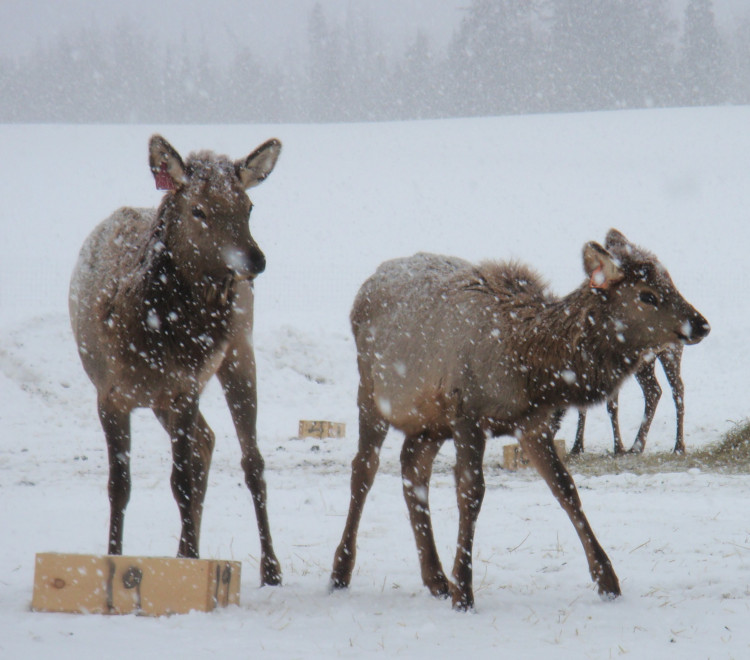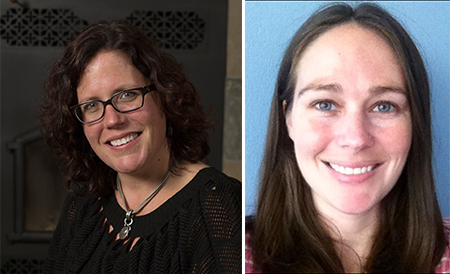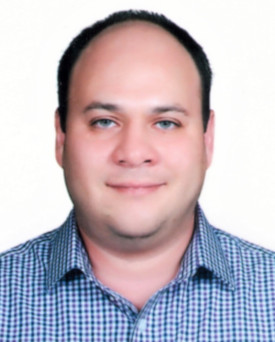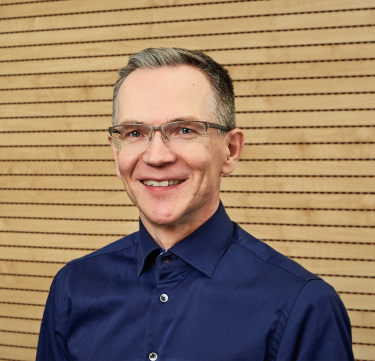
By Brian McLaren, Associate Professor, Natural Resources Management
This article was originally posted by Science Trends.
Free-ranging herbivores typically aggregate when they are feeding, though at first glance, if they are making a good choice, we might ask how occupying the same area is not just a cost in terms of competition for food. Speculating why aggregation occurs and understanding how it might influence animal well-being are important pursuits in ecology and on the farm.
Knowing why aggregation occurs is in the realm of setting hypotheses. The simplest idea for aggregation among large mammalian herbivores is that they aggregate in areas where nutritional quality and availability of food are higher, and followers look to a lead animal to find these areas. Thus, herbivores are “optimally foraging” or “matching” the proportional time spent grazing to the amount of available nutrients associated with different plant communities. However, if there were additional benefits to aggregation, it becomes easier to explain why aggregation occurs where areas of higher food resources are fairly well distributed, or if forage is managed optimally by the farmer, leaving the animals free to wander at will. Proposed benefits have focused on two adaptive anti-predator strategies: “prey dilution” (the chance that any individual will be the victim of a group attack by a predator is lower with higher group sizes) and “many eyes” (replacing individual vigilance with group vigilance that leaves more time for foraging).
An experiment to test the effect of different group sizes on the comfort level animals experience when foraging is one way of assessing costs and risks in foraging because food quality can be kept constant. The classic experiment measures “giving-up densities,” or GUDs, developed by evolutionary ecologist Dr. Joel Brown in 1988. It has been most often applied in the field setting to small mammals with unrestricted access to feeding trays. GUDs are estimates of the density of food remaining at the end of an experimental feeding bout, in which food mixed with an inert substrate is supplied to individuals free to leave feeding trays at any time.
The theory is as follows: when foraging optimally in an environment where resources are distributed heterogeneously in patches, an individual is expected to feed in a patch until the energy gained by foraging just balances its metabolic, predation risk, and missed opportunity costs. An individual forager should choose to abandon a riskier patch at a higher rate of harvest, leaving behind a higher GUD than it would in a safer patch. Likewise, a dominant individual should see missed opportunities in the partially consumed trays of neighboring foragers and may leave their own tray early.
We observed group foraging in domesticated North American elk (wapiti, Cervus canadensis) that were native, three to four generations earlier, to the Canadian prairies. Our study took place in six outdoor paddocks and involved a total of 26 domesticated elk raised at Egli’s Sheep Farm near Dryden, Ontario. The property where the elk are maintained is subdivided into six fenced, open-field paddocks, ranging in size from four to eight hectares, along with an enclosed barn. We did the work in winter and we used the farm environment as a way to standardize habitat and disentangle relationships between the number of animals in a small group and perception of fear and exertion of dominance.
Our predictions were as follows. If enough individual elk each experience higher comfort levels when foraging in larger groups, then collectively they should exploit feeding trays to lower instantaneous rates of harvest, i.e. lower average GUDs, with increasing group size. If only average scanning time, the amount of time spent vigilant for perceived predators or other intruders, is consistent with the group size effect, then there is less support for lower perceived costs of predation or higher security, as foraging may be simply an uncomfortable “race with the neighbors.” This prediction is consistent with an anti-predator hypothesis for social behavior and with the idea that domesticated elk still recognize and manage fear.
Presence of dominant individuals in a group can be expected to increase average GUDs and change the feeding dynamic, particularly if subordinates cease feeding when challenged by a neighbor. This prediction is consistent with a role for direct resource competition and with observations of a shift in activity created as a result of interference as an additional cost of foraging. Observing females with calves offers a special case to observe defensive behaviors in groups. Females with their young should exhibit greater vigilance and not reduce their scanning time, as would be expected with the group size effect.
Feeding trays were wooden boxes with a top opening 53 cm by 23 cm and a depth of 20 cm. The top opening of each tray was overlaid with two pieces of heavy wire to create three equally-sized openings of 0.23 m by 0.18 m. The wire prevented spillage of the alfalfa mixture from the tray during foraging bouts. Trays were filled with a mixture of 500 g of dried, livestock-grade alfalfa pellets and 300 pieces of 2.5 cm long, 2.5 cm diameter, black polyvinyl chloride (PVC) tube. We added the pieces of pipe to the feeding trays to make the smaller alfalfa pellets more difficult to access, especially as the alfalfa was depleted. The same quantity of alfalfa pellets was used at the outset of all trials, so that the PVC provided a matrix with diminishing returns as the food was exploited through time, mimicking a natural patch.
Mr. Moreira, who stayed in a parked vehicle at unobtrusive distances ranging from 75 to 100 m to the elk groups, filmed elk foraging behavior with a digital video recorder (Digital Sony Handy Cam). Additionally, he used a 10×60 power spotting scope (Swarovski) and 10×32 power binoculars (Burris) to identify individual elk, based on a combination of unique “bite marks” on their coats and ear tags where legible. We defined dominant elk as females that moved to a second or third feeding tray and resulted in its being abandoned by another female. Dominance during one feeding trial did not imply dominance in another feeding trial for the same female.
Among 10 adult individuals tracked as focal animals through at least three trials, all but one had differences in GUDs between trials; in all these nine cases, GUDs were lower with larger group size. Throughout five trial periods of about a week each, average GUDs and average scanning time during ten-minute video samples of the foraging bouts both decreased with increasing group size. The group size effect for both GUDs and scanning time was exponential, showing most gains reached by group sizes of 10 elks. GUDs were lower when mothers were with their calves. However, with or without calves, neither scanning time nor the relationship of scanning time with group size changed. Including a parameter for dominant females in a group allowed for a stronger relationship between GUDs and group size.
That group size was related to both GUDs and scanning rate in a direction expected from the “many‐eyes’ effect suggests that, despite being free from predators, domesticated elk still perceive greater fear when in smaller groups. This interpretation of the group size effect is, however, unequivocal because the heightened perception of missed opportunities, in place of or in addition to a lower perception of predation risk, could have resulted from feeding in larger groups. However, we believe we bypassed difficulty in interpreting fear perception by using the GUD methodology. Observed lower GUDs when females were together with their calves, as well as the other results, differ from past interpretations in observing vigilance in elk groups in national parks, where habitat is a factor determining fear perception.
Dominant individuals in free-ranging groups of elk have been shown to displace their subordinates and appropriate their feeding patches whenever they perceive that group mates are encountering higher food availability, an effect that is known as “kleptoparasitism.” However, scanning time in the dominant farm animals we tracked showed contradictory patterns; it was not higher than in subordinates, nor did any other difference in the behavior of dominants occur with changes in group size. Dominant individuals were perhaps simply those more skillful at managing fear; we saw no activity suggesting that they shifted the activity of subordinates that left their trays. Thus, managing predation risk using group formation could be especially important where dominants contribute a sense of security to the whole group. Absence of opportunity for group formation or perception of cohesion could have conservation implications by impacting individual survival, in turn leading to population-level effects, both in a wild and a farm setting.
In the design of our experiment, logistical issues precluded replication of group sizes over all trial periods. Thus, changes in snow depth, ambient temperature, moon phase, and perhaps the progression of pregnancy may have affected foraging behavior between periods without our ability to describe the effects. Nevertheless, GUD methodology appears a suitable means of assessing foraging behavior across a range of group sizes. Experimentation and development of our methodology could add it to social network analysis, such that it may be used to assess foraging behavior and decisions in the individuals that form groups, testing, for example, the hypothesis that dominants take on leadership roles in group cohesion.
For the time being, we interpret captive female elk to experience greater security as their group size increases to 10. Presence of calves and of dominant females also appears to foster greater security. This information can translate to better livestock management. Pasture configuration aiming to foster closer groups feeding together could promote a healthier herd and more effective use of foraging areas. Farmers should manage groups to include calves with their dams whenever possible, and also consider the social organization of the herd to include one dominant in a leadership role.




 Dr. Sam Salem, Associate Professor in the Department of Civil Engineering, received the Outstanding Paper Award at the 6th International Conference on Applications of Structural Fire Engineering June 13-14.
Dr. Sam Salem, Associate Professor in the Department of Civil Engineering, received the Outstanding Paper Award at the 6th International Conference on Applications of Structural Fire Engineering June 13-14. Dr. Alenius will be in Thunder Bay for the 2019-20 fall and winter terms.
Dr. Alenius will be in Thunder Bay for the 2019-20 fall and winter terms.



